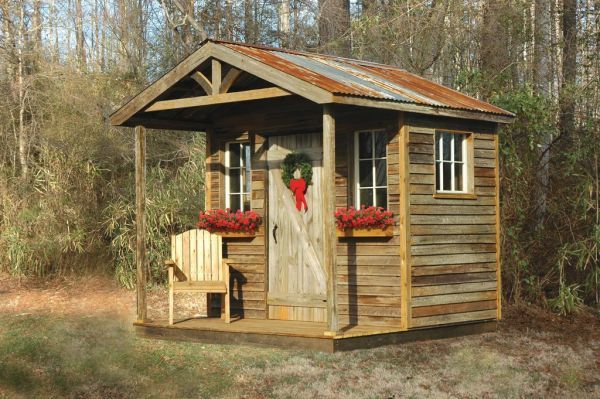A Frame Shed Plans Blueprints - Learn Ways For Constructing A Shed Cheaply
One of the most important decisions about designing a outhouse is choosing where it should go. Never build a outhouse at the bottom of a hill or any area that collects and contains moisture. Most cities recommend that you follow their designing guidelines with regards to your property line. Do not make the common mistake of designing a outhouse far away from where you need it. A distant outbuilding may make your house look better but will be more inconvenient to access. Build the outhouse closer to the house or garage so friends (https://sheddrafts.com/24x24-a-frame-shed-plans-blueprints) and neighbors will be more apt to return items. If the backyard slopes down you should place the side of the shed with the door on the elevated side. With the doorsill located closest to the land it is easier for you to step in and out of your outbuilding. Try to keep your outbuilding away from very shady areas. Exposure to direct sunlight and breezes will prolong the life of your building.

You must frame the exterior walls of your outhouse for full support and stability. Necessary materials for framing include 2X4 timbers and attachments such as nails. For one wall you will need 4 pieces of wood cut to your desired length and height. Once the wood is cut you can connect the pieces with screws to arrange a frame. The key to easily framing the exterior outbuilding walls is to make sure the walls are square and level. Your frame is best supported by filling it with 2X4s every couple of feet. Add ¾-inch plywood to make your frame sturdier and more durable. When the rear wall is built flip it over to have it in the correct position to stand. Build the front and sidewalls in the same fashion as the back wall taking care to level and square every time. Stand and attach your back wall and then the sidewalls and finally the front wall.
Procesando video...
You wooden outbuilding construction plans can include the growing popularity of treated wooden sheds. High-density polyethylene combined with wood creates an outbuilding that is resilient and sturdy. Manufactured outhouses are safe from fading and rotting (useful link) and need very little maintenance. Customization of wooden sheds is easy as many manufacturers offer kits to expand and change your outbuilding. Neither knowledge of carpentry nor many tools are necessary in constructing a simple prefabricated shed. Timber sheds can handle much more weight than plastic or metal outhouses. Look for models that have storage room directly above instead of using the walls to hang weighty tools. For ultimate strength and durability buy a wooden shed that also uses integrated steel supports. Wooden sheds can be painted plus they have many different patterns from which to choose. Also it is very easy to improve your outhouse with different add-ones at any point.
A outhouse floor will be exposed to moisture and in time may rot if the proper materials are not used. Green lumber that was pressure-treated is the best choice to use in outbuildings. By including green lumber in your shed drawings you will guard against rot caused by repeated exposure to water. You will need mudsills and floor and perimeter band joists to build a outbuilding floor. The use of a mudsill is to rest it on your foundation and build the frame over it. Floor joists rest above the mudsill to support the outhouse's walls while the band joist closes it off from the outdoors. Look for plywood that is exterior grade to put down as flooring in your outbuilding. Three-quarter inch plywood is essential as anything more thin will flex and bend. To increase the firmness of your floor invest in grooved plywood that fastens together. Fasten down the plywood with 2-inch long galvanized decking screws.